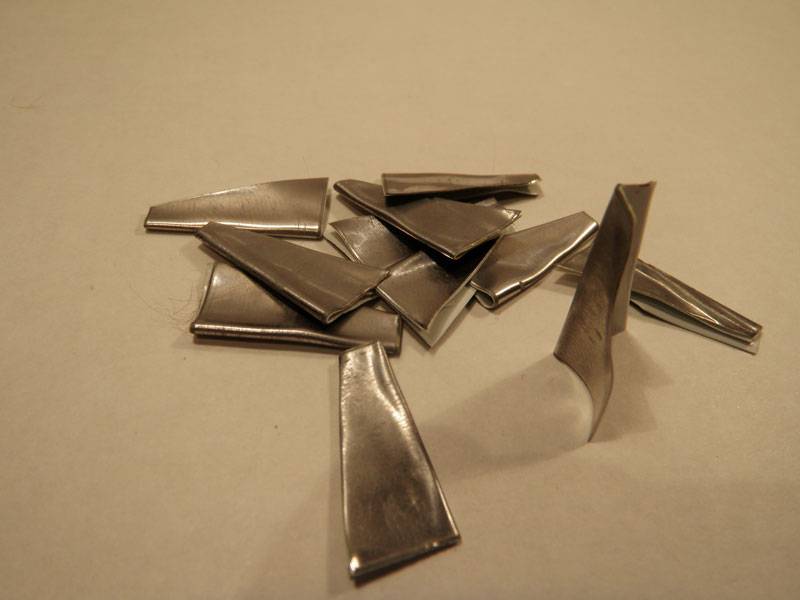
Byford Zonker Inverted
by Ken - January 03, 2015
Through all my teaching and tying seminars it was plain to see that Dan Byford's early 1970 fly pattern Byford Zonker to be one of the easiest flies to tie but actually by most tyers one of the hardest to tie well. There is so many ways to tie this torpedo shaped minnow under body but to tie it easily and consistently is the trick.
Our favourite method of making this perfect underbody is using Zonker adhesive tape. This tape also acts as a perfect keel and we soon discovered that tying this pattern inverted on hook shank made it even ride nicer in the water. The hook gape increased which made for better hook up to land ratios. Another advantage of tying this fly inverted was the reduced hooking on bottom and of course the subsequent loss of flies. Even the red thread in this pattern is there for a reason. The back acts a target (or also named a tag on a wet fly) and the front is meant to resemble the gills of the minnow.
All fly boxes should have a basic assortment of this pattern. You won’t find too many flies that will catch carp as well as trophy brown trout. Even in the salt water this fly produces bonefish, jacks, snook and other salt species without too much effort. Try it in lakes for pike, bass or walleye and you won’t get disappointed here either. I have even caught steelhead on numerous occasions with this pattern. So get tying and give them a try.






















